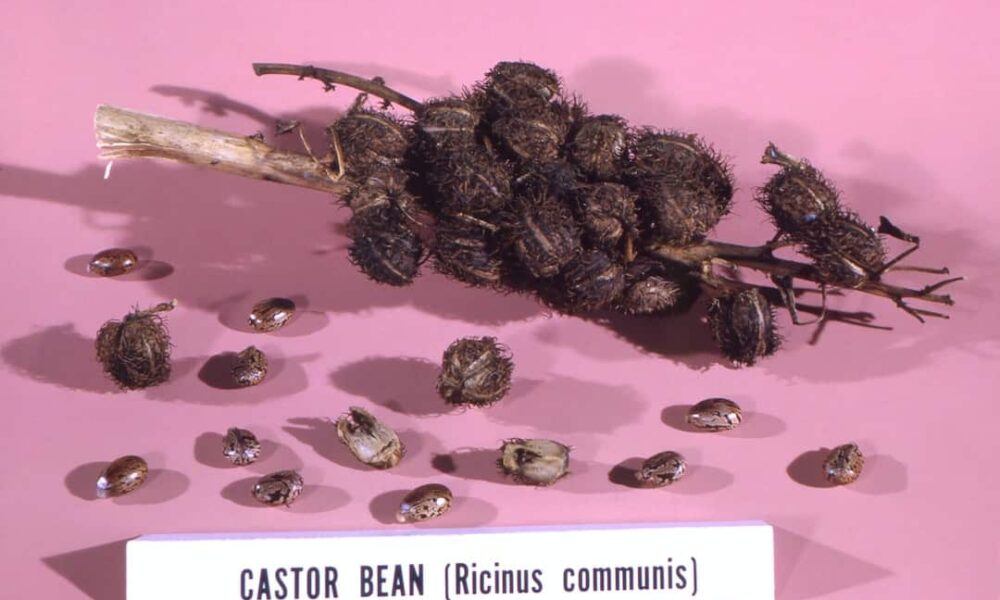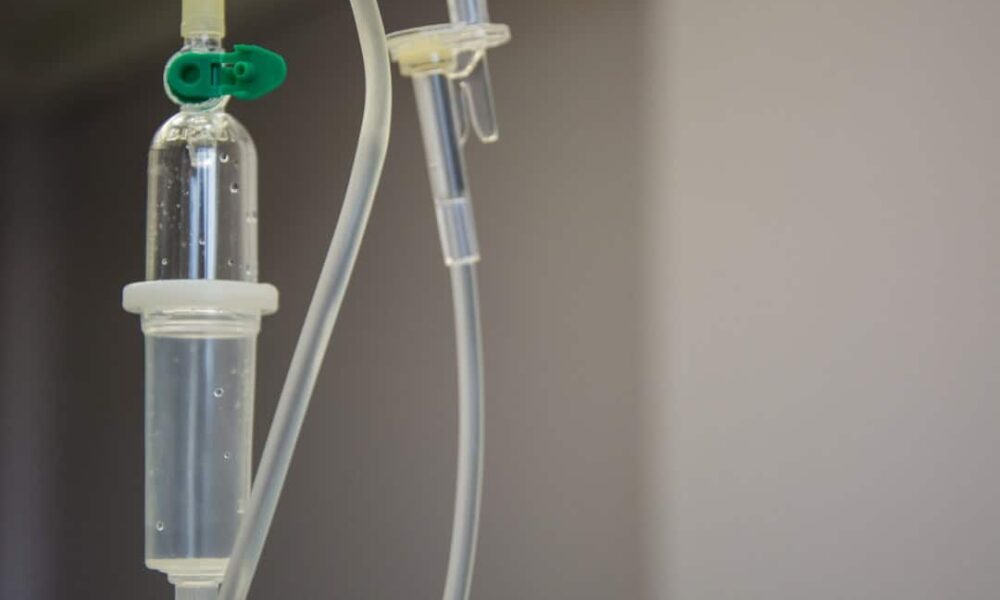Poison oak is a common plant found in North America that can…
Surviving the Itch: Tips for Dealing with Poison Ivy Rash

Poison ivy is a common plant that can cause a painful and itchy rash. Understanding how to prevent and treat poison ivy rash is essential for anyone who spends time outdoors. Whether you enjoy hiking, gardening, or simply spending time in nature, knowing how to identify poison ivy and protect yourself from its effects is crucial. In this article, we will explore the causes and symptoms of poison ivy rash, as well as provide tips for avoiding contact with the plant. We will also discuss strategies for preventing poison ivy rash and offer suggestions for treating the rash if it does occur.
Understanding the Poison Ivy Rash: Causes and Symptoms
Poison ivy is a plant that contains an oil called urushiol, which is responsible for causing the rash. When urushiol comes into contact with the skin, it can trigger an allergic reaction in some people. The severity of the reaction can vary from person to person, with some individuals experiencing only mild symptoms and others experiencing more severe symptoms.
The symptoms of poison ivy rash typically appear within 12 to 48 hours after exposure. The most common symptom is intense itching, which can be accompanied by redness and swelling of the skin. Blisters may also develop, which can ooze and crust over. In some cases, the rash may spread to other parts of the body if the urushiol oil is transferred from one area to another.
Identifying Poison Ivy: How to Spot the Plant and Avoid Contact
Poison ivy can be found in various parts of North America, including wooded areas, fields, and even urban environments. It is important to be able to identify poison ivy in order to avoid contact with it. The plant has three leaflets that are usually shiny and green in color during the spring and summer months. In the fall, the leaves may turn red or yellow.
One way to avoid contact with poison ivy is to wear protective clothing when spending time outdoors. Long sleeves, long pants, and closed-toe shoes can help prevent the oil from coming into contact with your skin. It is also important to be cautious when hiking or gardening, as poison ivy can be easily overlooked. If you suspect that you have come into contact with poison ivy, it is important to wash your skin and clothing as soon as possible to remove the urushiol oil.
Prevention is Key: Tips for Protecting Yourself from Poison Ivy
Preventing poison ivy rash is much easier than treating it. There are several strategies you can use to protect yourself from coming into contact with poison ivy. One of the most effective ways to prevent poison ivy rash is to wash your skin and clothing after exposure. This will help remove any urushiol oil that may be present on your skin or clothing.
Using barrier creams or lotions can also help prevent poison ivy rash. These products create a barrier between your skin and the urushiol oil, reducing the risk of an allergic reaction. It is important to note that these products should be applied before exposure to poison ivy, as they may not be as effective once the oil has already come into contact with your skin.
In different settings, such as at home or in the wilderness, there are specific steps you can take to avoid poison ivy. If you have poison ivy growing in your yard, it is important to remove it carefully and dispose of it properly. When camping or hiking in the wilderness, it is important to be aware of your surroundings and avoid areas where poison ivy may be present. Taking these precautions can greatly reduce your risk of coming into contact with poison ivy.
Treating Poison Ivy Rash: Over-the-Counter and Home Remedies
If you do develop a poison ivy rash, there are several over-the-counter treatments that can help alleviate the symptoms. Calamine lotion is a popular choice for soothing the itchiness and discomfort of poison ivy rash. Hydrocortisone cream can also be effective in reducing inflammation and itching.
In addition to over-the-counter treatments, there are also several home remedies that can provide relief from poison ivy rash. Taking an oatmeal bath can help soothe the skin and reduce itching. Applying apple cider vinegar to the affected area can also help alleviate symptoms. It is important to note that while these remedies may provide temporary relief, they may not cure the rash completely.
Calming the Itch: Soothing Lotions and Creams for Poison Ivy Rash

There are several lotions and creams available that are specifically designed to soothe the itching and discomfort of poison ivy rash. These products often contain ingredients such as aloe vera, witch hazel, or menthol, which can provide a cooling sensation and help relieve itching.
When choosing a lotion or cream for poison ivy rash, it is important to consider your personal preferences and needs. Some people prefer natural remedies, while others may prefer medicated creams. It is also important to read the labels carefully and follow the instructions for use.
When to Seek Medical Attention: Signs of a Severe Reaction to Poison Ivy
In most cases, poison ivy rash can be treated at home with over-the-counter remedies. However, there are certain situations where medical attention may be necessary. If you experience a severe reaction to poison ivy, it is important to seek medical attention immediately.
Signs of a severe reaction to poison ivy include difficulty breathing, swelling of the face or throat, or a widespread rash that covers a large area of the body. These symptoms may indicate an allergic reaction, which can be life-threatening if not treated promptly.
It is also important to be prepared for a potential severe reaction to poison ivy. If you have a known allergy to poison ivy, it is a good idea to carry an EpiPen with you at all times. An EpiPen is a device that can be used to administer epinephrine, which can help reverse the symptoms of an allergic reaction.
Coping with the Discomfort: Strategies for Managing Poison Ivy Rash
While waiting for the poison ivy rash to heal, there are several strategies you can use to manage the discomfort. One of the most important things to remember is to avoid scratching the rash, as this can lead to infection and prolong the healing process. Instead, try using cool compresses or taking cool showers to help alleviate itching.
Applying a moisturizer or lotion to the affected area can also help soothe the skin and reduce dryness. It is important to choose a product that is gentle and fragrance-free, as some ingredients may irritate the skin further.
Dealing with Poison Ivy on Pets: Tips for Protecting Your Furry Friends
Pets can also be affected by poison ivy, so it is important to take steps to protect them from exposure. If you suspect that your pet has come into contact with poison ivy, it is important to wash them thoroughly with pet-friendly soap and water. It is also a good idea to keep your pet away from areas where poison ivy may be present.
If your pet develops a rash from poison ivy, it is important to seek veterinary care. Your veterinarian can provide appropriate treatment and help alleviate your pet’s symptoms.
Avoiding Future Exposure: How to Stay Safe from Poison Ivy
Once you have experienced poison ivy rash, it is important to take steps to avoid future exposure. Learning how to identify poison ivy and other plants that may cause a similar reaction can help you avoid contact with them. It is also important to wear protective clothing when spending time outdoors, especially in areas where poison ivy may be present.
If you enjoy gardening, it is a good idea to wear gloves and long sleeves to protect your skin from coming into contact with poison ivy. When camping or hiking, it is important to be aware of your surroundings and avoid areas where poison ivy may be growing.
Final Thoughts: Staying Prepared for Poison Ivy Season
In conclusion, understanding how to prevent and treat poison ivy rash is essential for anyone who spends time outdoors. By learning how to identify poison ivy and taking steps to avoid contact with it, you can greatly reduce your risk of developing a rash. If you do develop a poison ivy rash, there are several over-the-counter treatments and home remedies that can help alleviate the symptoms. It is also important to be aware of the signs of a severe reaction and seek medical attention if necessary. By staying prepared and taking precautions, you can enjoy the outdoors without the fear of poison ivy rash.
FAQs
What is poison ivy?
Poison ivy is a plant that contains an oil called urushiol, which can cause an allergic reaction in many people.
What are the symptoms of a poison ivy rash?
Symptoms of a poison ivy rash include redness, itching, swelling, and blisters.
How long does it take for a poison ivy rash to appear?
It can take anywhere from a few hours to a few days for a poison ivy rash to appear after contact with the plant.
How long does a poison ivy rash last?
A poison ivy rash can last anywhere from a few days to several weeks, depending on the severity of the reaction.
Can a poison ivy rash spread?
A poison ivy rash can spread if the urushiol oil is still on the skin or if it has been transferred to other objects, such as clothing or pets.
How can I treat a poison ivy rash?
Treatment for a poison ivy rash includes washing the affected area with soap and water, applying calamine lotion or hydrocortisone cream, and taking antihistamines to reduce itching.
Can I prevent a poison ivy rash?
You can prevent a poison ivy rash by avoiding contact with the plant, wearing protective clothing when in areas where poison ivy is present, and washing any exposed skin as soon as possible after contact.




This Post Has 0 Comments